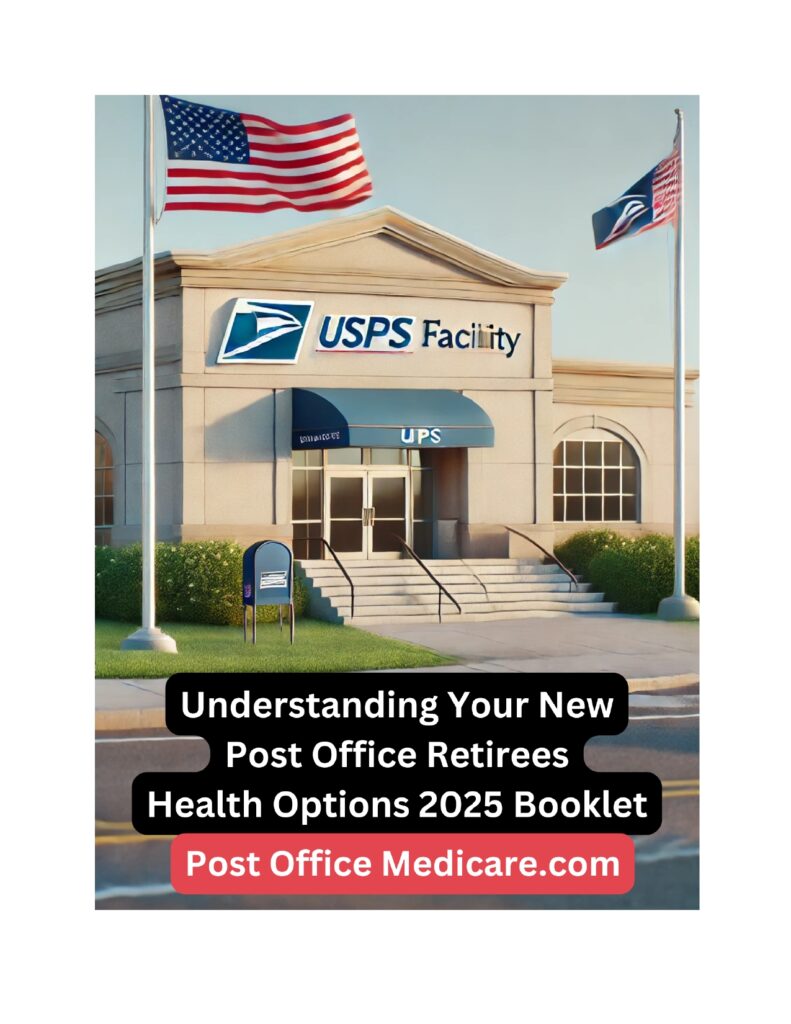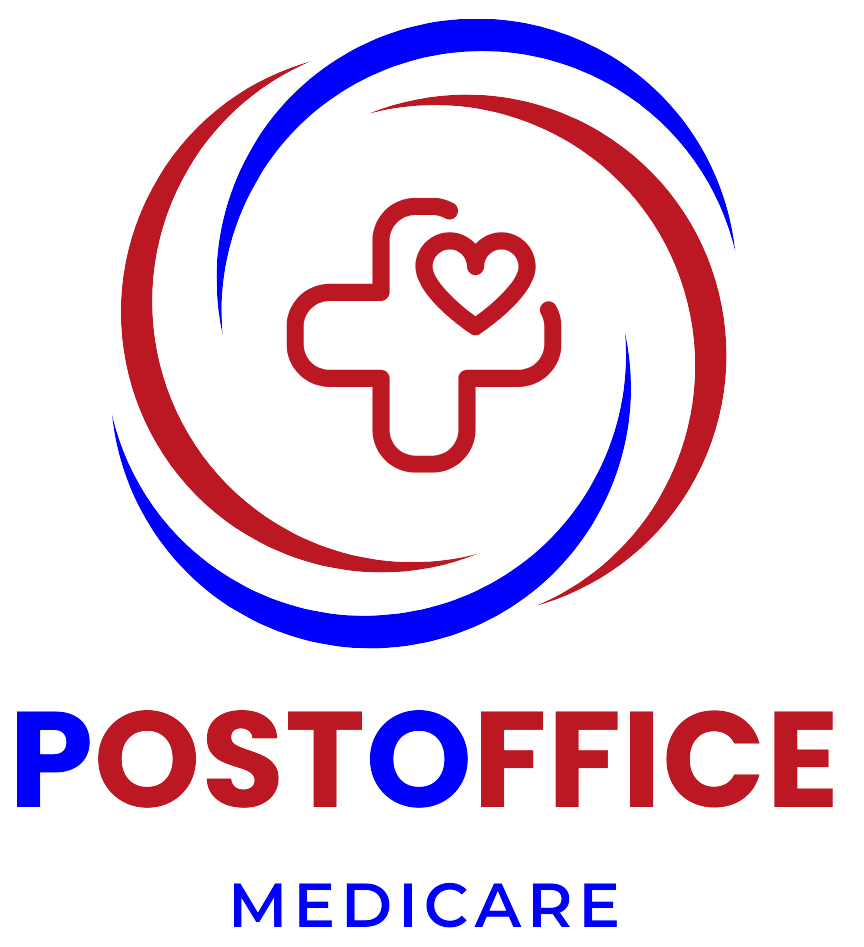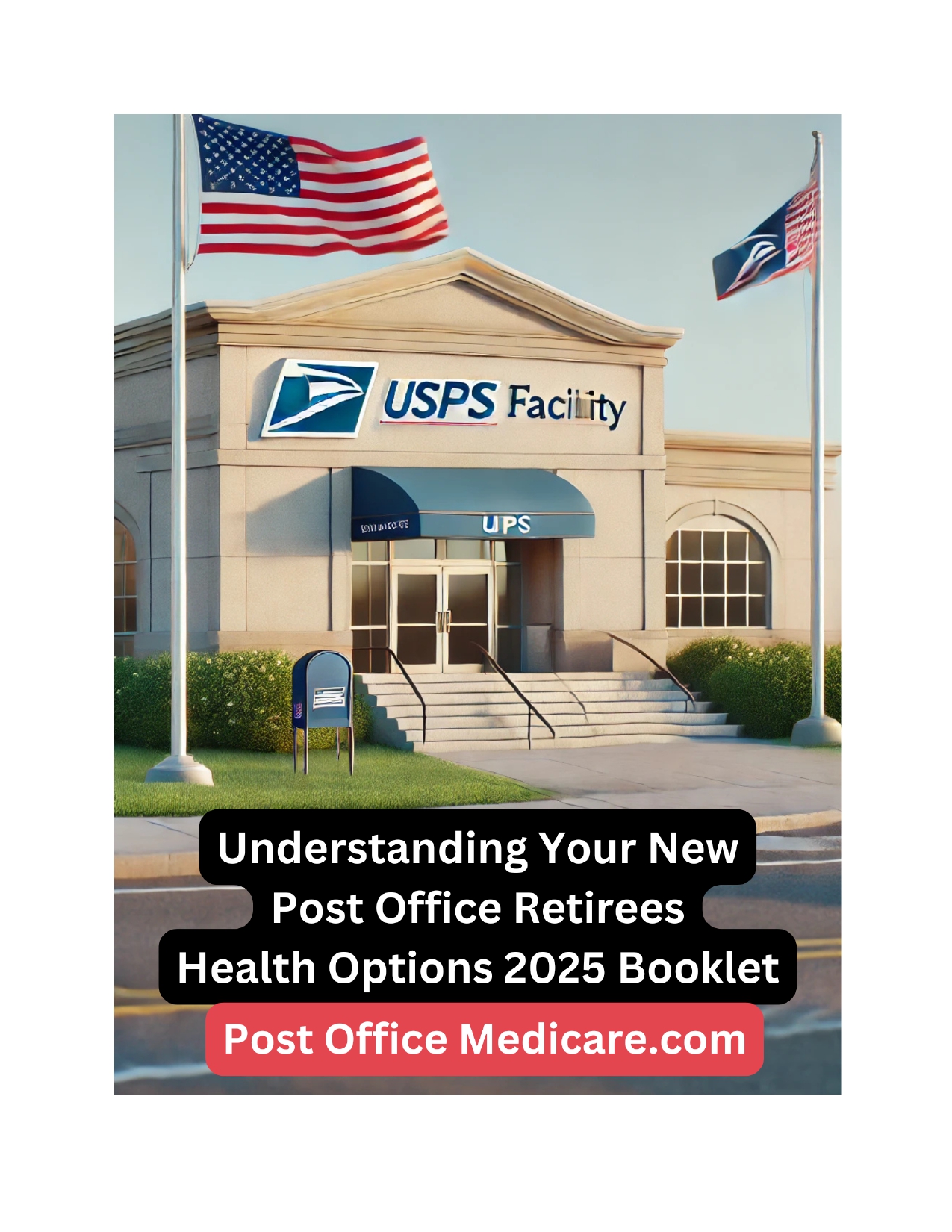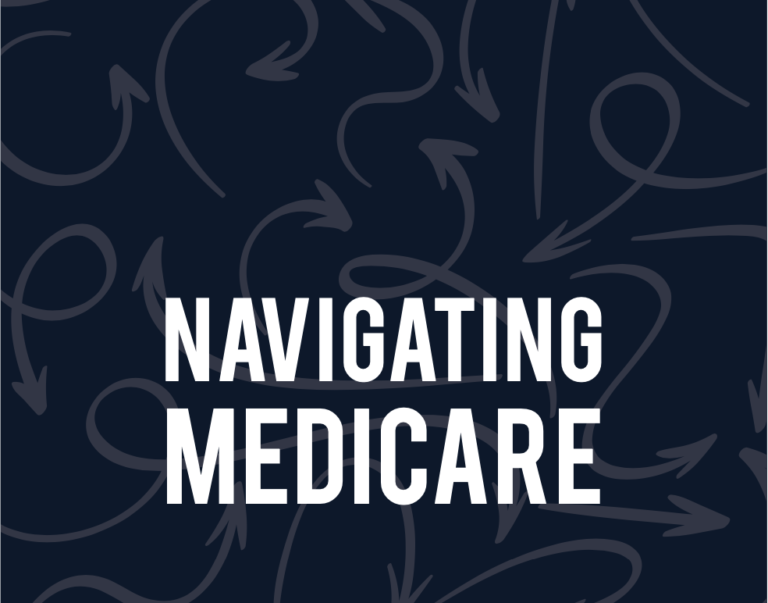Understanding your new Post Office Retirees Health Option 2025 Booklet

Post Office Medicare.com
179 North Road, Ste 273
Highland, N.Y. 12528
Introduction
Purpose: This guide is created to provide Postal retirees with critical information on the upcoming 2025 health insurance changes, helping you understand how these changes affect your Medicare enrollment and Postal Service Health Benefits (PSHB).
Overview: We’ll cover mandatory Medicare enrollment requirements, the new PSHB program, options for additional Medicare plans, and key deadlines to ensure smooth coverage.
2025 Health Insurance Changes
Mandatory Medicare Enrollment:
Beginning in 2025, all Postal retirees and their eligible dependents turning 65 must enroll in Medicare Parts A and B. Medicare will serve as the primary insurance for retirees, helping reduce overall healthcare costs by coordinating with the PSHB program.
Why This Matters: Failing to enroll in Medicare could lead to lapses in coverage or higher out of-pocket costs, as Medicare will handle the majority of costs for covered services.
Introduction to the PSHB Program:
The PSHB program, specifically created for Postal Service retirees, is replacing the previous Federal Employees Health Benefits (FEHB) plans. PSHB plans will automatically coordinate with Medicare Parts A and B, significantly lowering or eliminating copayments, deductibles, and
out-of-pocket expenses for retirees.
Benefits: PSHB is designed to work hand-in-hand with Medicare to provide full coverage at minimal cost, reducing the burden on retirees by filling gaps Medicare doesn’t cover.
Medicare Parts A and B Explained
Medicare Part A:
Covers inpatient hospital stays, skilled nursing facility care, hospice, and certain home health services. For most retirees, Part A is premium-free if they or their spouse paid Medicare taxes for a sufficient period.
Note: Part A does not cover long-term care or custodial services.
Medicare Part B:
Covers outpatient services such as doctor visits, preventive services, lab tests, mental health services, and durable medical equipment. Part B requires a monthly premium, which varies based on income.
Out-of-Pocket Costs:
While PSHB may cover most out-of-pocket costs, it’s important to be aware of copayments and coinsurance amounts under Part B.
Comparing PSHB with Medicare Advantage and Medigap Plans
PSHB Benefits:
Designed to provide seamless coverage with Medicare, PSHB plans offer a variety of benefits tailored to Postal retirees. They cover the majority of what Medicare does not, minimizing out-of-pocket expenses for covered services.
Key Advantage: By choosing PSHB, retirees avoid the hassle of selecting additional Medicare plans and benefit from a straightforward integration with Medicare Parts A and B.
Medicare Advantage Plans:
These are private health plans that offer Medicare-covered benefits and additional services, such as dental, vision, and fitness programs. They often have lower premiums but may have restricted provider networks.
Considerations: Some retirees prefer Medicare Advantage for the extra benefits, but it’s important to verify that providers accept the plan within your area.
Medigap (Medicare Supplement) Plans:
Medigap plans, also provided by private insurers, cover certain costs not paid by Medicare, such as deductibles and copayments. However, Medigap plans do not cover additional services like vision or dental care.
Ideal for: Retirees who want predictable out-of-pocket costs but don’t need additional services might find Medigap suitable.
How to Enroll & Key Deadlines
Enrollment Steps:
Enroll in Medicare Part A and Part B if you haven’t already. You can do this through the Social Security Administration, either online, by phone, or in person.
Choose your PSHB plan during the annual Open Season (fall enrollment period) if eligible. This plan will begin to work in coordination with Medicare starting January 1, 2025.
Review Other Medicare Options: If PSHB does not meet your needs, you may consider a Medicare Advantage or Medigap plan.
Key Deadlines:
Initial Enrollment Period: Begins three months before your 65th birthday and ends three months after. If you miss this, you may face penalties.
Open Season (Fall Enrollment): Typically runs from mid-November to mid-December. Use this period to review and change your PSHB plan if needed.
Special Enrollment Period: Available for certain life changes, such as losing employer-sponsored insurance.
Frequently Asked Questions
What if I’m already enrolled in Medicare?
You’re set to go! However, ensure that your PSHB plan is selected during Open Season to work with your Medicare.
Does my spouse have to enroll in Medicare?
If your spouse is eligible and turning 65, they must also enroll in Medicare Parts A and B to remain covered under the PSHB plan.
How will PSHB and Medicare work together?
Medicare will cover primary expenses, and PSHB will handle secondary costs, greatly reducing what you pay out of pocket.
Resources & Contact Information
Website: PostOfficeMedicare.com provides downloadable resources, detailed explanations, and guidance for Postal retirees.
Our site is a self enrollment website. Enter in zip code, Doctor’s name and your prescriptions to find the right Medicare plan for you in your area.
Our 24/7 ChatBot is available to answer any of your questions 24/7.
You can text us at 845-380-5809







